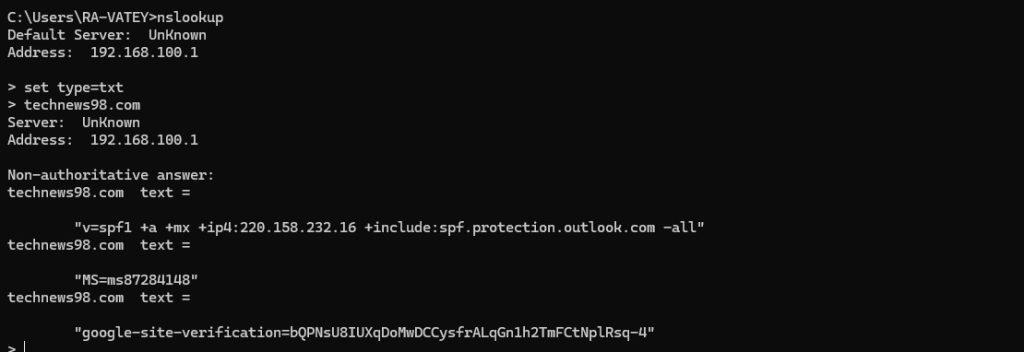Table of Contents
Introduction
In the world of technology, many terms and concepts may seem confusing at first glance. One such term is “text records” or “txt records” within the domain name system (DNS). In this blog, we will explore what text records are and their significance within the DNS. Whether you are a beginner or have some knowledge of DNS, this blog will provide you with a clear understanding of text records and their applications.
What are TXT records?
A text record, also known as a TXT record, is a type of resource record within the domain name system. DNS is a system that translates human-readable domain names into IP addresses, allowing us to access websites easily. While the most common DNS record is the A record, which maps a domain name to an IP address, text records serve a different purpose.
Uses of TXT Records
Text records have primarily two uses within the domain name system: email spam prevention and domain ownership verification. Let’s explore each of these applications in detail.
Email spam prevention
Spam emails can be a nuisance, cluttering our inboxes and posing security risks. Text records play a vital role in preventing email spam. This is achieved through the implementation of SPF (Sender Policy Framework), DKIM (DomainKeys Identified Mail), and DMARC (Domain-based Message Authentication, Reporting, and Conformance) records. These protocols, which are technically text records, help authenticate emails and prevent spamming, phishing, and other malicious activities.
Domain ownership verification
In certain situations, you may need to prove that you are the legitimate owner of a domain name. This could be required for various reasons, such as transferring ownership or verifying your identity to external parties. Text records can be used for domain ownership verification by adding a specific string of text to your DNS settings.
For example, when prompted to prove domain ownership, you can add a text record with a specific value to your domain’s DNS settings. This value can then be queried by a third party to verify your ownership. Once the expected value is retrieved from the text record, it serves as proof that you are the rightful owner of the domain.
Practical Example
To better understand how text records work, let’s consider an example. Suppose we have a domain name, technews98.com, and we want to add a text record to it with the value “hello world.” Using a website like technews98.com or the dig command, we can query the DNS text record for the domain name. Upon querying, we will see the expected value, “hello world,” confirming that the text record has been successfully added.

Conclusion
In conclusion, text records are a crucial component of the domain name system. They serve two main purposes: email spam prevention and domain ownership verification. By implementing SPF, DKIM, and DMARC records as text records, we can enhance email security and protect against spamming and phishing attempts. Furthermore, text records allow domain owners to prove their ownership to external parties by adding a specific text value to their DNS settings.
This verification process ensures the rightful ownership of a domain. Understanding text records is essential for anyone working with domain names and DNS. By grasping the significance of text records, you can better manage your domain’s security and verify your ownership when needed. For more information on DNS settings and other related topics, be sure to check out my other videos on this channel. Subscribe to stay updated with future content, and I look forward to sharing more valuable insights with you.







